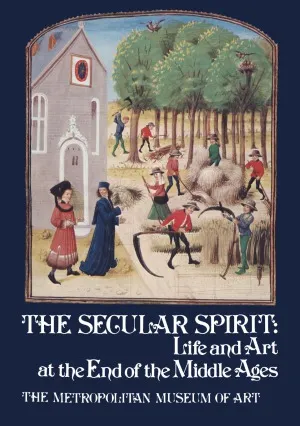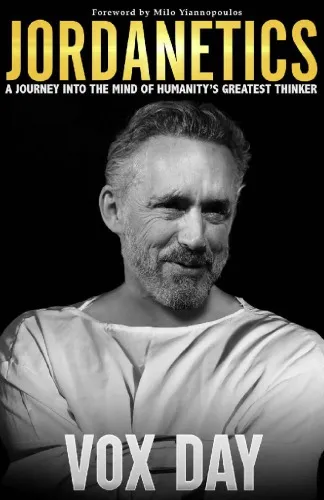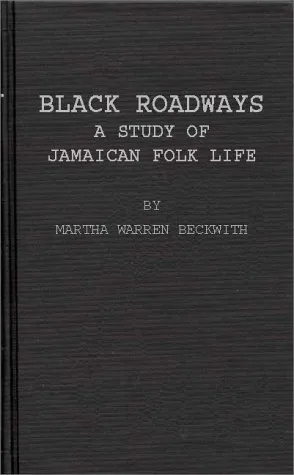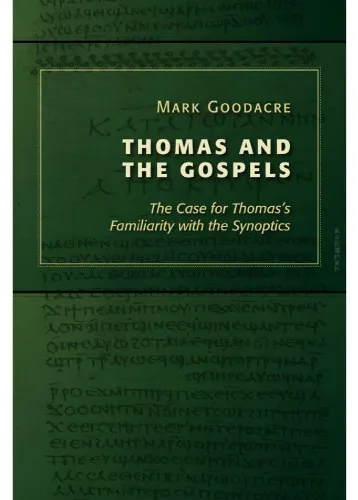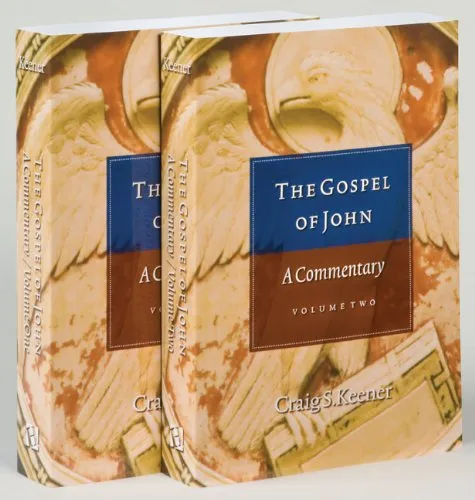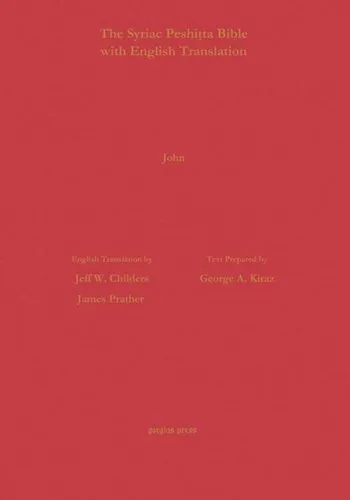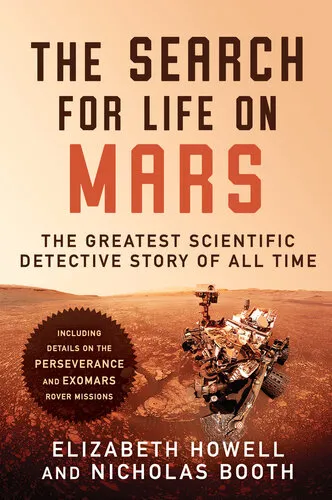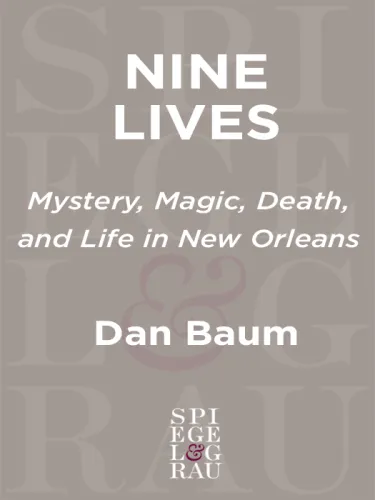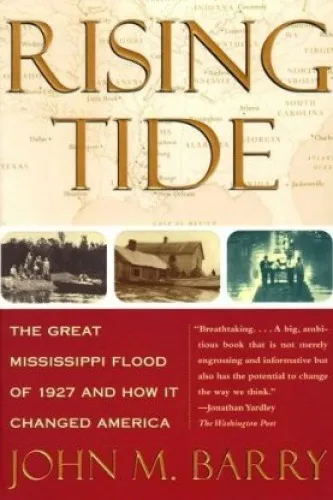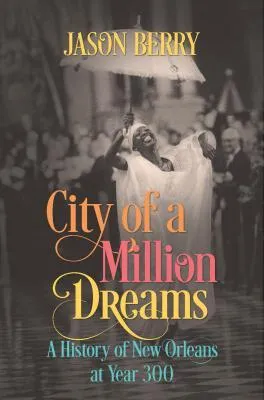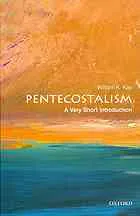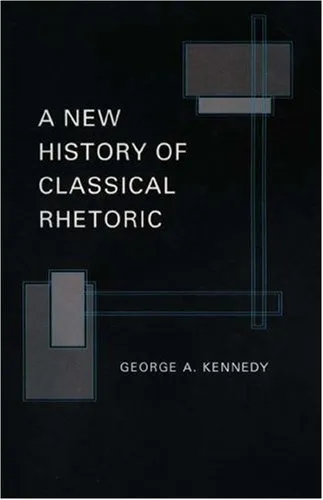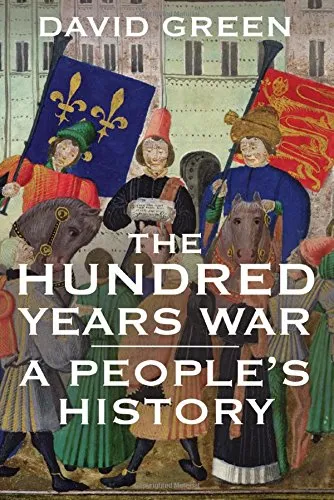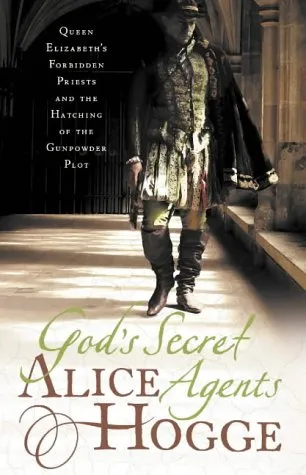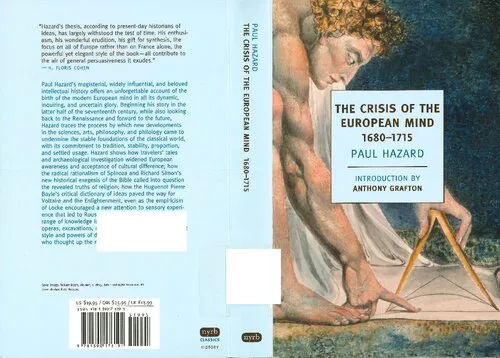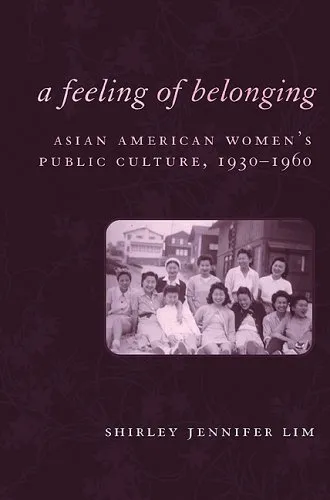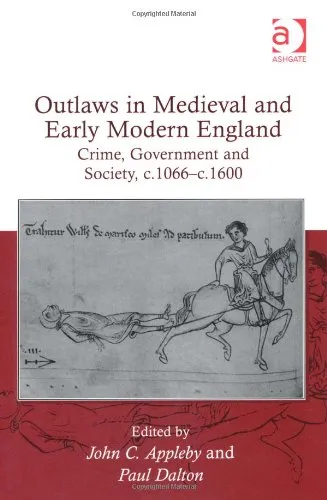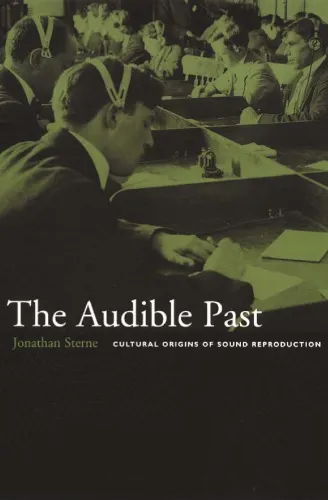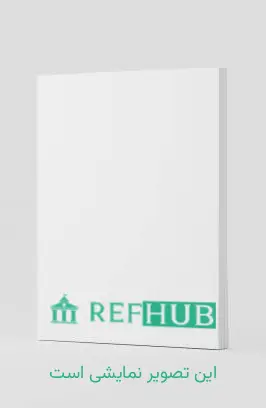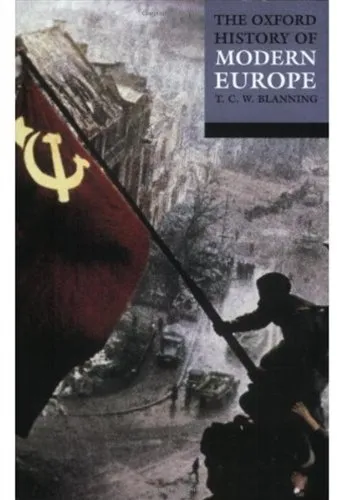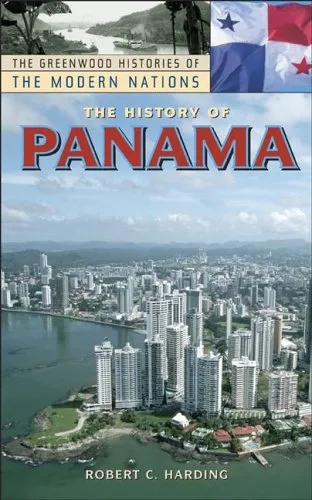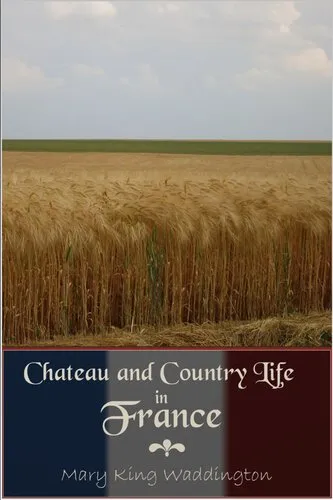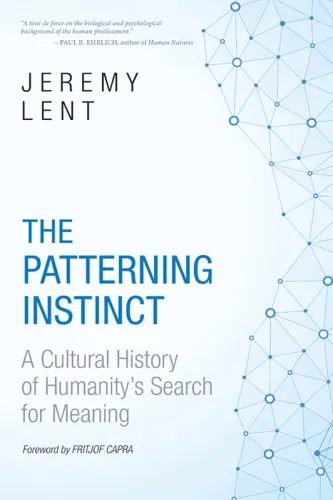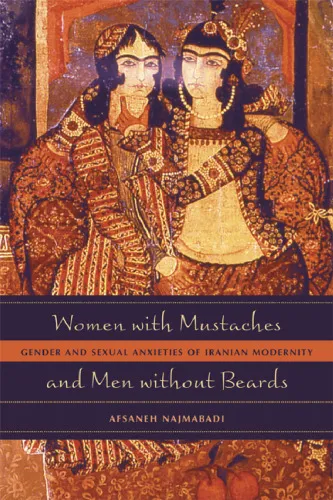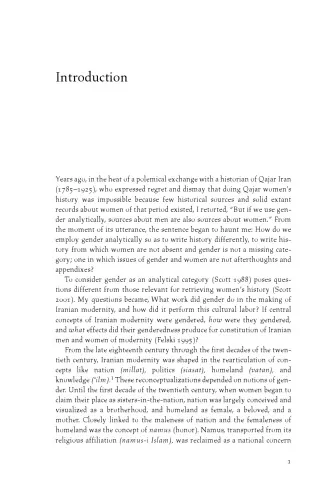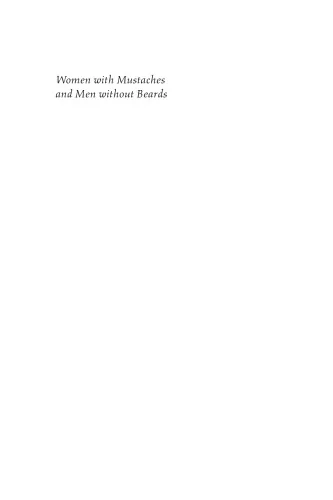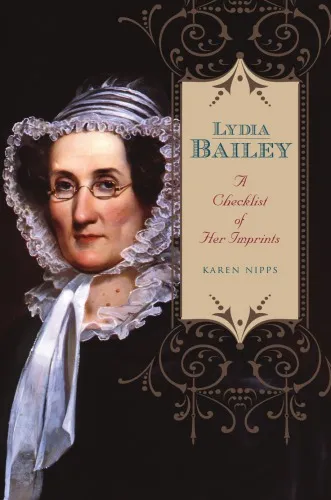The Secular Spirit - Life and Art at the End of the Middle Ages
4.7
Reviews from our users

You Can Ask your questions from this book's AI after Login
Each download or ask from book AI costs 2 points. To earn more free points, please visit the Points Guide Page and complete some valuable actions.Related Refrences:
Persian Summary
The Secular Spirit - Life and Art at the End of the Middle Ages
"The Secular Spirit - Life and Art at the End of the Middle Ages" navigates through a transformative period, exploring how the cultural and intellectual shifts at the end of the Middle Ages set the stage for the dawn of the Renaissance. This book considers the multifaceted interactions between secular life and artistic expression and uncovers the dynamics of a society on the brink of modernity. By delving into art, literature, and societal structures, the book elucidates the secular spirit that emerged as a defining characteristic of the era.
Detailed Summary of the Book
The book begins by setting the scene in late medieval Europe, a world on the cusp of significant change. As the medieval mindset began to expand beyond the borders of religious orthodoxy, there was a noticeable shift towards secular perspectives. This period, marked by the gradual decline of feudalism and the spread of humanism, created fertile ground for new ideas to flourish.
In its exploration of these times, the book analyzes a series of key artworks and literary pieces, showcasing how they embody the secular advancements and ideologies of the age. The interaction between religious motifs and burgeoning secular thoughts is examined through rich narrative insights. It surveys art across regions, comparing the distinct yet interconnected trajectories in countries such as Italy, the Netherlands, and France.
By focusing on prominent figures of the time—artists, thinkers, and patrons—"The Secular Spirit" illustrates the shift in societal values and how these changes were captured and reflected in the period's art and artifacts. The book also highlights how art began to represent more worldly realities, emphasizing human emotion, nature, and everyday life.
Key Takeaways
- The gradual transition from religious to secular themes in art set the groundwork for the Renaissance.
- Art and literature of the time played a critical role in reflecting and influencing societal changes.
- Humanism emerged as a central theme, fostering an environment for scientific inquiry and philosophical discourse.
- Various regional art movements shared common secular themes but also retained local flavors and influences.
Famous Quotes from the Book
"As the shadows of the medieval world receded, in its place stood a burgeoning curiosity for the natural world and humanity's role within it."
"Art became more than a symbol of faith; it transformed into a mirror reflecting the multi-faceted nature of human experience."
Why This Book Matters
"The Secular Spirit - Life and Art at the End of the Middle Ages" is a crucial exploration of a pivotal moment in history where tradition met transformation. By understanding the shift from the purely religious to the incorporation of secular perspectives, readers gain insight into the catalysts behind the Renaissance and the modern world. The book not only provides a historical overview but also connects the past to the challenges and dynamics of contemporary life.
This book is essential for anyone interested in the historical confluence of art, culture, and society, especially as it pertains to understanding the complex tapestry of human history and development. Its analysis encourages readers to reflect on how past secular and religious interactions continue to influence present-day cultural and intellectual landscapes.
Free Direct Download
You Can Download this book after Login
Accessing books through legal platforms and public libraries not only supports the rights of authors and publishers but also contributes to the sustainability of reading culture. Before downloading, please take a moment to consider these options.
Find this book on other platforms:
WorldCat helps you find books in libraries worldwide.
See ratings, reviews, and discussions on Goodreads.
Find and buy rare or used books on AbeBooks.
1399
بازدید4.7
امتیاز0
نظر98%
رضایتReviews:
4.7
Based on 0 users review
Questions & Answers
Ask questions about this book or help others by answering
No questions yet. Be the first to ask!
